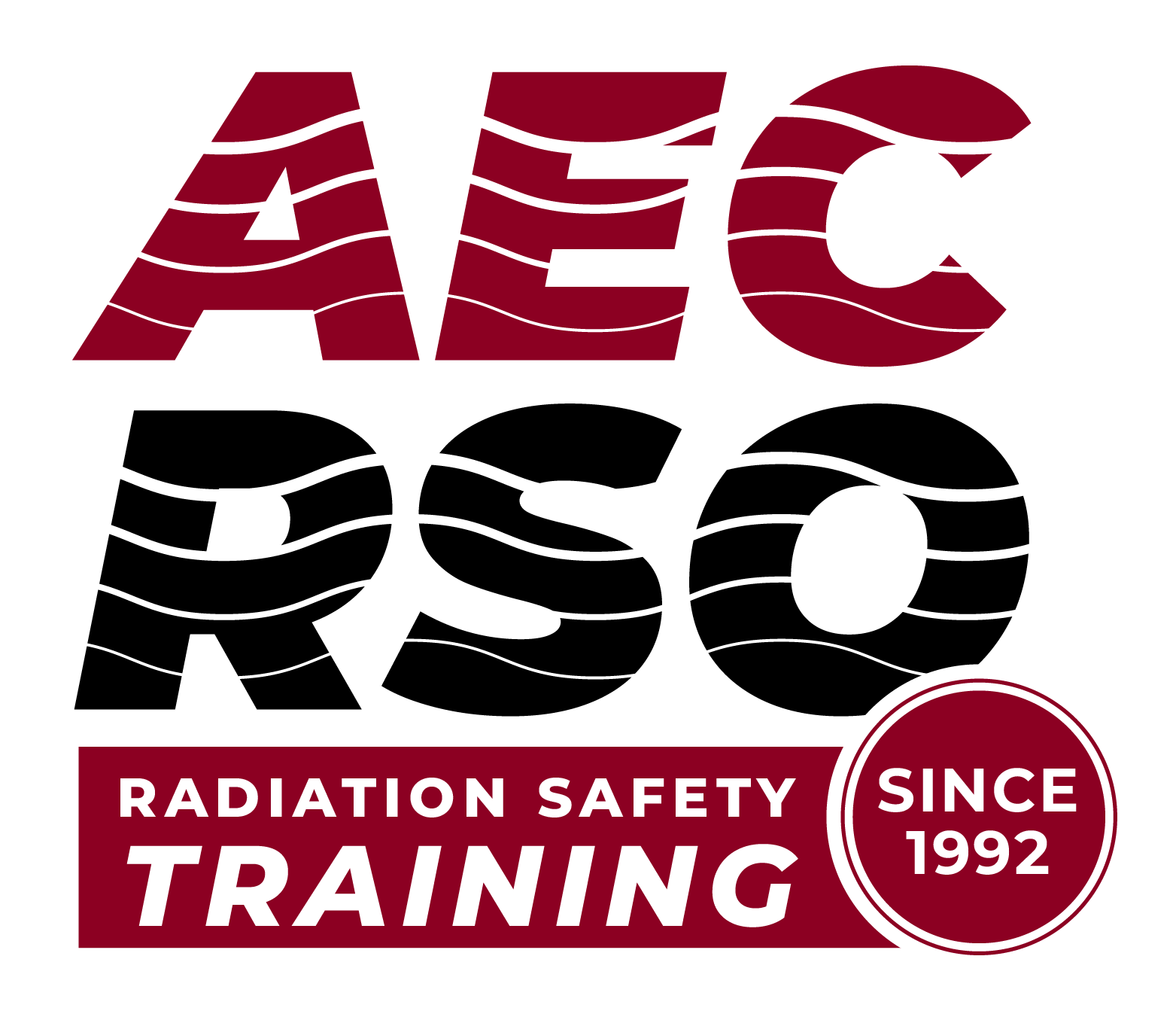TOPIC 1: Energy Deposition in Air
Lesson 4 – Interaction of Radiation with Matter. Topic 1 – Energy deposition in air.
—
We first learned about the radioactive source. We learned it releases energy and it can also release particles. Once that particle and the energy is released, it impacts anything in its path. Before it can reach you humans, it has to pass through the air.
—
We know that Alpha particles do not travel far in the air. Beta particles travel slightly farther. Our main concern with exposure is the X-ray or gamma ray. We don’t know how much energy an X-ray or Gamma-ray contains until it interacts with a substance. Think of a baseball player or a golfer. These professionals have deceptively simple swings. It is not until they make contact with the ball that we realize just how powerful that swing was. For radiation, we do not know how much energy was emitted from an atom until we can see how many ionization it produces.
As the X-ray or Gamma-ray strike the outer shell electrons of the target in its path, some of its energy is used to remove the electron from the target atom’s outer shell. If x-ray or gamma-ray has additional energy, it could remove another orbital electron to create another ionization.
This process continues until all the energy released from that decay event is used up. When its energy is used up, it no longer exists, having left a path of ionized atoms.
—
If you are in an area close to the x-ray and gamma rays, you are in a radiation field. While in that radiation field, you are being “exposed” to radiation.
“Exposure” is an amount of energy release in the air in the form of ionizations. Since Alpha and Beta particles do not travel that far, we are mainly referring to x-rays and gamma rays. The “exposure rate” is a measure of how many ionizations are taking place over some period of time.
The unit of radiation exposure is the roentgen (R), named after Wilhelm von Roentgen, the German scientist who discovered X-rays in 1895. The roentgen is equivalent to 2.58×10-4 coulombs per kilogram of air. It has a precise scientific definition, but you don’t need to know it for this course. What you DO NEED to know is that the exposure rate is only defined for the photons from X-rays and gamma-rays, and NOT particulates, such as alpha, beta, and neutrons.
—
Things to Remember about the Radiological Term called Exposure
It is reported using a unit called the roentgen. It is precisely defined in terms of charges produced under standard conditions.
It is used solely to describe an amount of energy transferred by gamma and X-rays in air.
Exposure is only defined for and only applies to photons with energies below 4 MeV (mega-electron volts) (Note: this covers probably all of the photon energies you will ever encounter).
The main advantage of ”Exposure” is that it is easy to measure directly, but it is limited because it is only for deposition in air, and only for gamma and X-rays.
—
